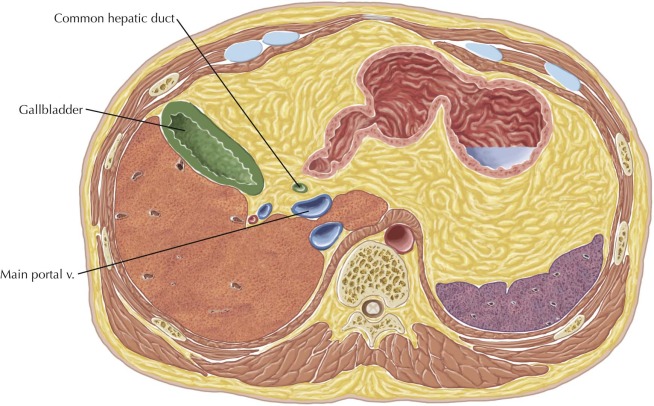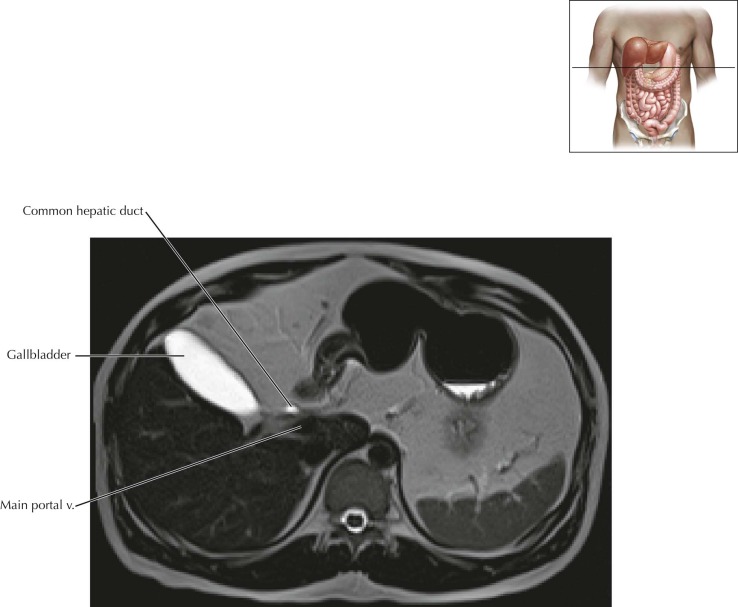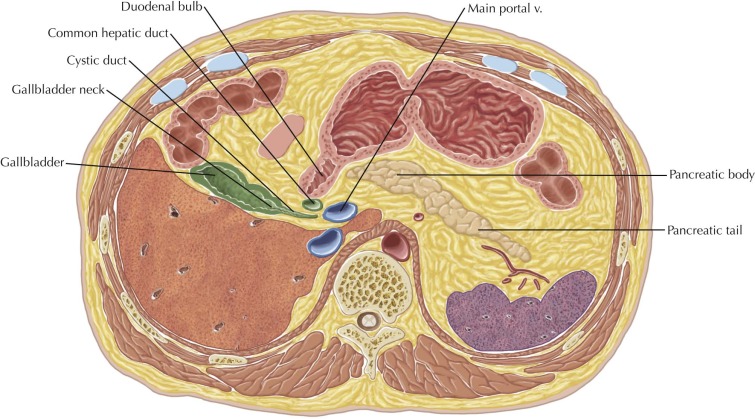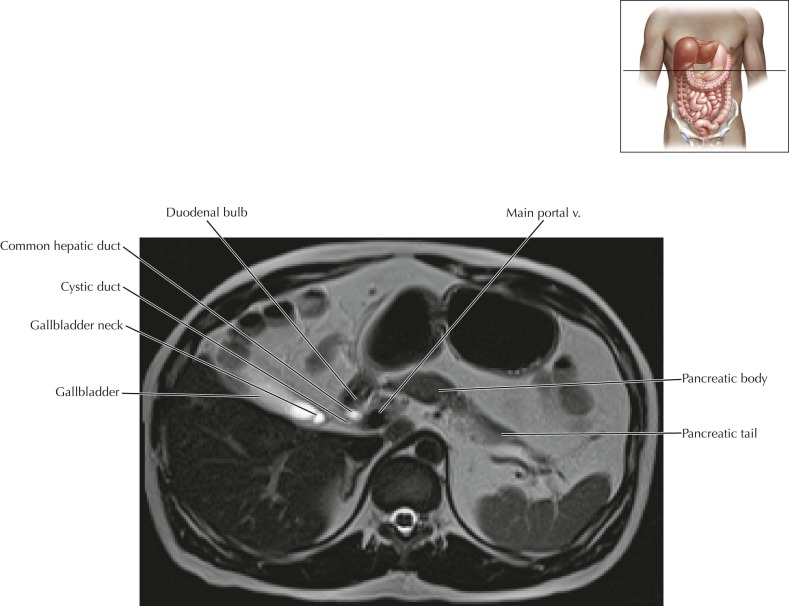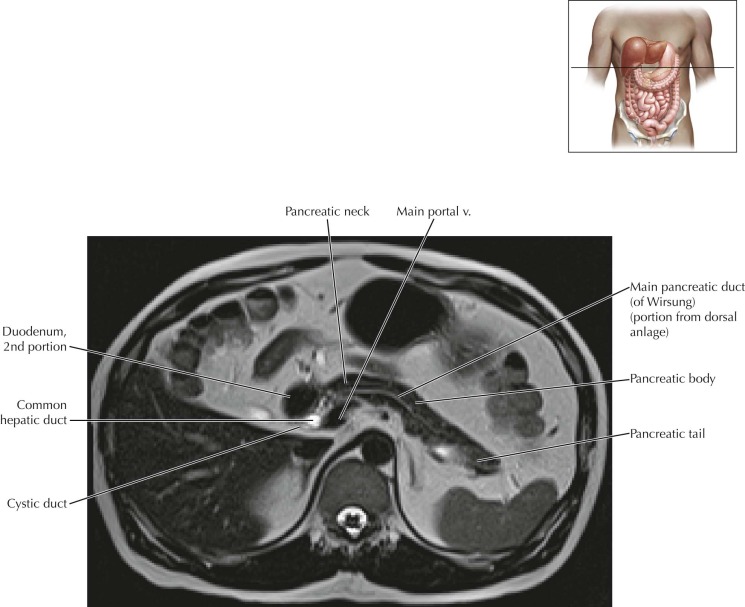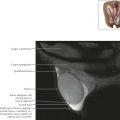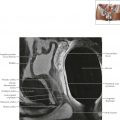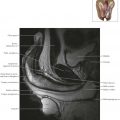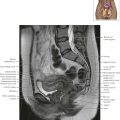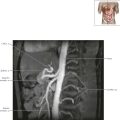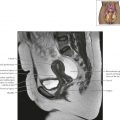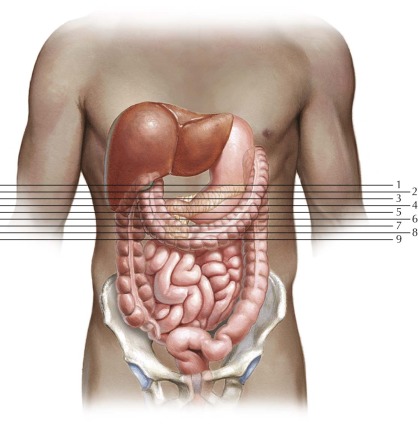
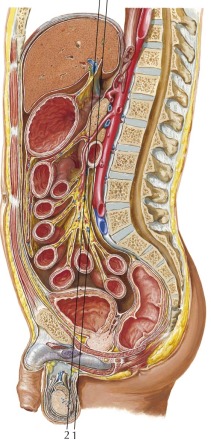
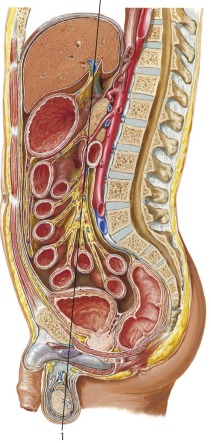
Biliary System Axial 1
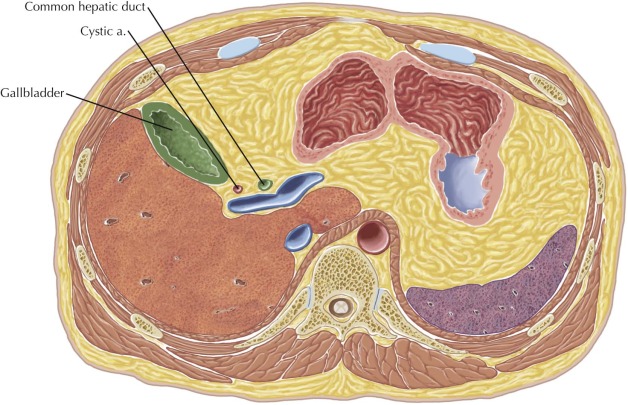
Normal Anatomy
The normal gallbladder wall should be thin, measuring no more than 3 mm in thickness when well distended.
Pathologic Process
Thickening of the gallbladder wall is seen in many pathologic conditions, including primary gallbladder disorders (e.g., acute and chronic cholecystitis, carcinoma, adenomyomatosis), systemic conditions (e.g., hepatic, cardiac, or renal failure; hypoproteinemia), infections, such as infectious mononucleosis or opportunistic infections in the patient with acquired immunodeficiency syndrome (AIDS), and extracholecystic inflammation such as with acute hepatitis, pancreatitis, or pyelonephritis.
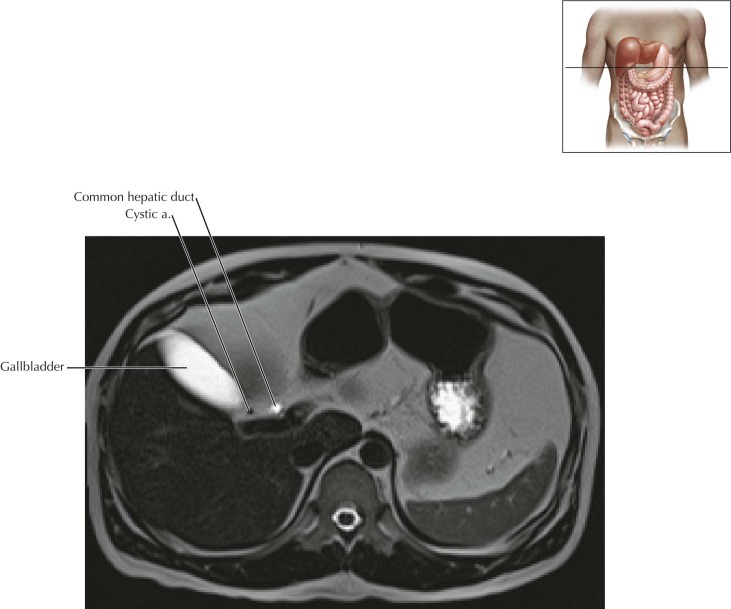
Biliary System Axial 4
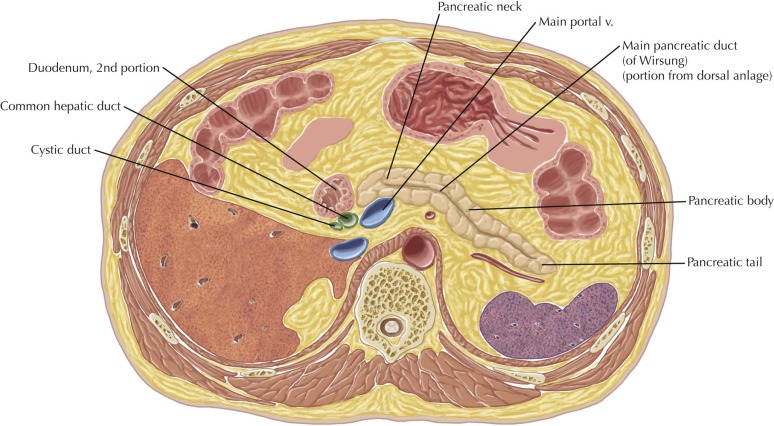
Normal Anatomy
The main pancreatic duct normally measures 2 to 3 mm in diameter at ages 30 to 50, which may increase to an average 4.5 mm at 70 to 90 years.

